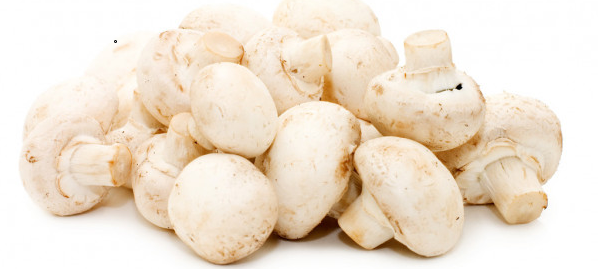Mushroom Preparation & Pretreatment Procedure
A repeatable procedure created to have a consistent, step-by-step process for preparing and pretreating the mushrooms.
The goal of this project was to find an adsorption isotherm for Agaricus bisporus and lead in liquid solution. An adsorption isotherm is a mathematical relationship showing how the metal partitions between the water phase and the fungi at equilibrium.
This project was limited by the availability and the cost of fungi specimen, as well as the metal contaminants used to simulate mine waste. The method of experimentation and method of data analysis was determined by the available laboratory equipment, the X-Ray Flourescence (XRF) machine, because outsourcing the samples to other laboratories for data analysis using other technologies can be a time consuming and costly process. These are the primary constraints of the project, limiting the team's options during the planning and project proposal phases. .
The project originally encompassed both lead and copper testing, however, initial experimentation showed that the mushrooms were already contaminated with copper. This led the team to make the decision to only focus on creating lead adsorption isotherms, because the ability of the mushrooms to absorb copper would be limited. The team also intended on growing fungi at the laboratory, however, time constraints led us to purchase common mushrooms available at local stores. Despite these two major challenges affecting the schedule and scope of the project, the project was a success.
Experiment Diagram / Photo Credit: Fungi TeamThe figure to the left summaries the basic concept of the experiment. Lead-contaminated samples were created in vials and mushrooms were inserted. High concentrations of lead contamination were used, as well as a low pH, to simulate toxic conditions of typical mine wastewater. After waiting 24 hours, Some lead in the liquid solution absorbed to the surface of the mushrooms. After the mushroom was filtered out, the remaining solution was less contaminated than at the beginning of the experiment. An XRF machine was used to measure the concentration of metals in the liquid solutions. The data from this step was then used to calculate an adsorption isotherm, providing a mathematical interpretation of the ability of Agaricus bisporus to adsorb lead from samples that simulate the conditions of toxic mine wastewater. The mushrooms were pretreated with a sodium hydroxide (NaOH) solution, a step shown in several studies to increase the ability of fungi to absorb metals, as it affects the cell walls of the fungi. The original pretreatment method involved boiling the NaOH, which may have burned and carbonized the mushrooms. An updated pretreatment method was used for the following treatments, where the temperature of the NaOH was not increased as high. Finally, another test was done without pretreating the mushrooms to see the overall adsorptive effects of the pretreatment process.
The data from the experiment was used to design a theoretical treatment system to treat mine wastewater. Click below to go to the Treatment Design page and learn more.
Treatment DesignThis table is a simplified version ofthe experimental matrix, showing the summary of the four experiments that were performed.
| Initial Pb Cone (mg/L) |
Fungi Mass Range (mg) |
Pretreat (Yes or No) | # Mass Variations | # of Replicates |
|---|---|---|---|---|
| 1000 | 100-1000 | Yes, Original | 10 | 3 |
| 1000 | 100-1000 | Yes, Updated | 10 | 3 |
| 1000 | 100-1000 | No | 10 | 3 |
| 400 | 100-1000 | Yes, Updated | 7 | 3 |
 Agaricus bisporous. / Photo Credit: DepositPhoto ©The scope of the project is the list of tasks that were executed throughout the project. There were nine major tasks, each with several subtasks. The major tasks are shown below, while the full, detailed scope can be found on our Documents page. The scope was created during the proposal phase of the project and updated in response to challenges.
Agaricus bisporous. / Photo Credit: DepositPhoto ©The scope of the project is the list of tasks that were executed throughout the project. There were nine major tasks, each with several subtasks. The major tasks are shown below, while the full, detailed scope can be found on our Documents page. The scope was created during the proposal phase of the project and updated in response to challenges.
| Task 1 |
Task 2 |
Task 3 |
Task 4 | Task 5 | Task 6 | Task 7 | Task 8 | Task 9 |
|---|---|---|---|---|---|---|---|---|
| Select Fungi and Metal Contaminants |
Obtain Mushrooms | Preparation and Experimental Design |
Perform Experiments | Data Analysis | Preliminary Design of a Treatment System |
Impacts Analysis | Deliverables | Project Management |
A repeatable procedure created to have a consistent, step-by-step process for preparing and pretreating the mushrooms.
A repeatable procedure created to have a consistent, step-by-step process for running the adsorption experiment.
A repeatable procedure created to have a consistent, step-by-step process for XRF testing of samples.